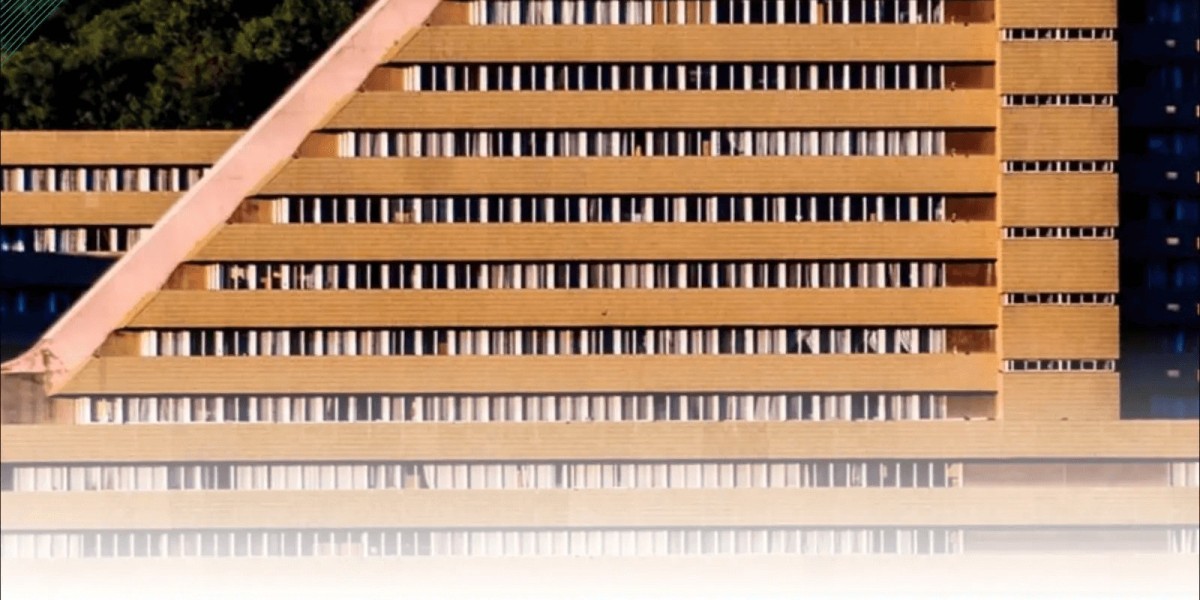Unisa’s Inherited Instability has become one of the most pressing issues in South Africa’s higher education landscape. The University of South Africa (Unisa), once celebrated as the continent’s largest and most inclusive distance-learning institution, is now grappling with years of accumulated internal dysfunction, management crises, and governance failures. This inherited instability did not emerge overnight—it is the result of historical weaknesses, structural imbalances, and a legacy of poor leadership decisions that continue to haunt the institution today.
The Roots of Unisa’s Inherited Instability
Unisa’s inherited instability stems largely from decades of uneven transformation and governance challenges that began in the early 2000s, following the merger between the old Unisa, Technikon SA, and the distance education wing of Vista University. While the merger was designed to create a modern and unified open-distance learning institution, it also brought together differing cultures, administrative systems, and leadership philosophies. The lack of cohesion among these merged entities created a fragile institutional foundation that has persisted over the years.
In addition, the rapid expansion of student enrollment—without proportional investment in infrastructure, technology, and human resources—intensified operational strain. As a result, academic and administrative inefficiencies became deeply entrenched, making reform efforts increasingly difficult.
Leadership and Governance Failures
A key contributor to Unisa’s inherited instability has been inconsistent leadership. Over the past decade, the university has witnessed multiple internal disputes among senior executives, frequent allegations of maladministration, and public spats that have undermined institutional credibility. Leadership turnover has disrupted policy continuity, while factional politics within governance structures have often overshadowed academic priorities.
The office of the Vice-Chancellor, currently occupied by Professor Puleng LenkaBula, has faced its share of scrutiny and political interference. Her tenure has exposed the depth of Unisa’s systemic instability—highlighting issues ranging from staff dissatisfaction to audit concerns raised by oversight bodies. Critics argue that Unisa’s governance mechanisms have become highly politicized, with accountability often replaced by personal and ideological battles.
Academic Decline and Administrative Inefficiency
The academic implications of Unisa’s inherited instability are far-reaching. Declining academic standards, poor student support services, and inconsistent assessment systems have eroded public trust. Despite its long-standing reputation as a champion of open learning, Unisa now faces criticism for low throughput rates and bureaucratic inefficiencies that delay graduations and impact research output.
Furthermore, administrative dysfunction has led to recurring problems such as delayed exam results, unstable online platforms, and chaotic registration processes. These operational shortcomings point to deep-rooted institutional weaknesses that cannot be solved by surface-level reforms alone.
Government Oversight and Intervention
The South African government, through the Department of Higher Education and Training (DHET), has repeatedly expressed concern over Unisa’s governance. Reports from ministerial task teams have exposed a pattern of instability, with calls for intervention and even the possible appointment of an administrator to restore order. The DHET’s involvement underscores the seriousness of Unisa’s inherited instability and the risks it poses to the integrity of South Africa’s tertiary education system.
Minister Blade Nzimande’s recent statements have signaled that the university’s challenges are no longer just internal—they represent a national concern about the sustainability of a major public institution. Yet, resistance to external intervention by some factions within Unisa has created additional friction, delaying much-needed reforms.
Impact on Students and Staff
At the heart of Unisa’s inherited instability are its students and staff, who bear the consequences of institutional dysfunction. Thousands of students experience ongoing frustration with registration delays, poor communication, and technical failures in digital learning platforms. Academic and administrative staff, meanwhile, operate under conditions of uncertainty, facing morale issues, labor disputes, and a culture of mistrust.
This instability directly affects teaching quality and the university’s reputation—both locally and internationally. The erosion of confidence among stakeholders threatens Unisa’s mission to democratize higher education across Africa.
The Path Toward Recovery
To overcome Unisa’s inherited instability, the university must embark on a genuine institutional renewal. This includes strengthening governance transparency, depoliticizing management, and re-establishing accountability frameworks. Strategic investment in technology, human capital, and research infrastructure is essential to reposition Unisa as a credible distance-learning leader.
Moreover, restoring morale and rebuilding trust among staff and students should be a top priority. Open dialogue, transparent leadership, and an unwavering focus on academic excellence can help stabilize the university’s trajectory.
Conclusion
Unisa’s inherited instability is not just a reflection of one institution’s troubles—it represents the broader challenges facing post-apartheid South African universities as they navigate transformation, governance, and modernization. For Unisa to reclaim its stature as a beacon of accessible education, it must confront its internal divisions with honesty and courage. Only by addressing the root causes of its instability can the university ensure a sustainable and dignified future for generations of learners across Africa.






